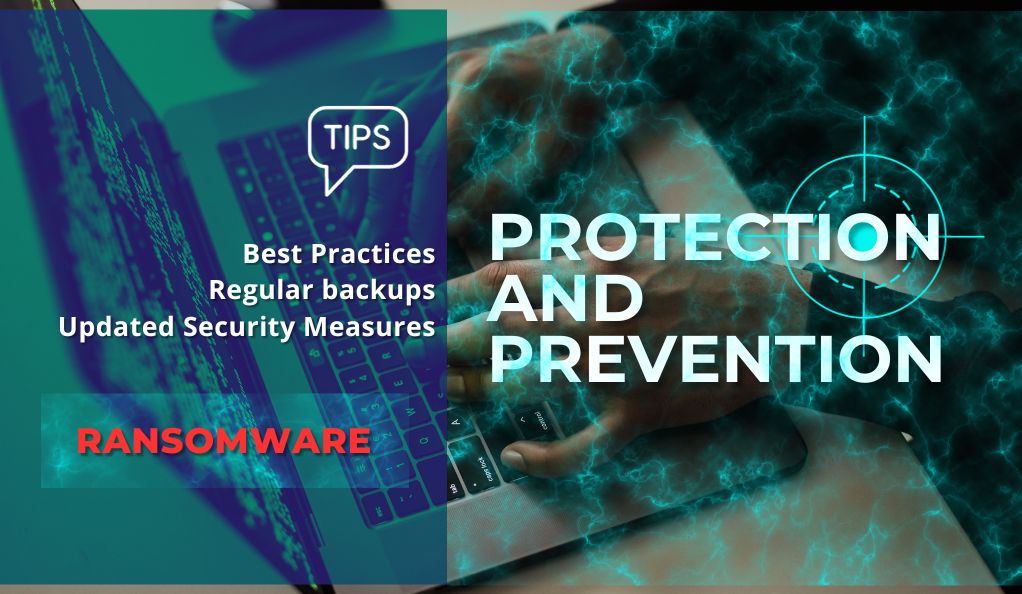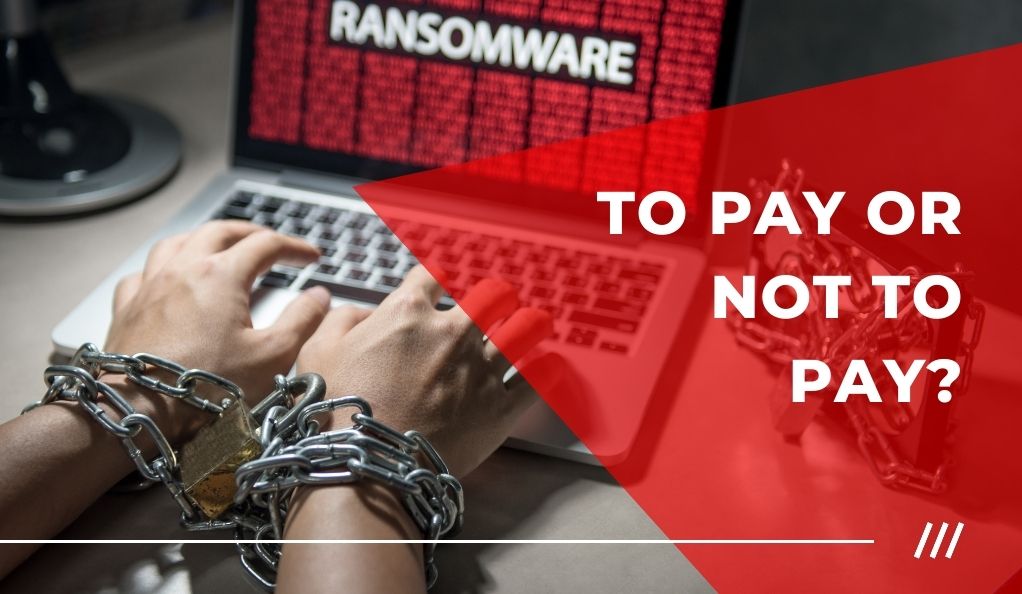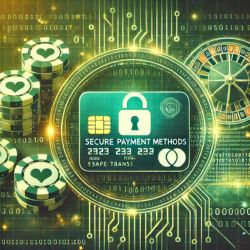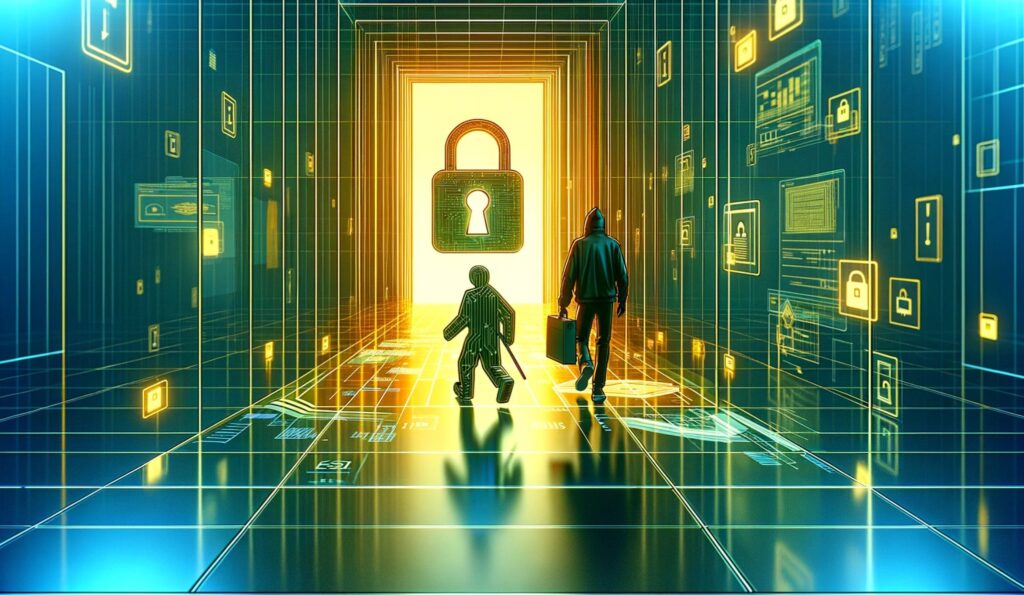In today’s digital age, where data is often considered more valuable than gold, the threat of ransomware looms large. Ransomware, a malicious software designed to block access to a computer system or encrypt data until a sum of money is paid, has become one of the most formidable cybersecurity threats faced by individuals, businesses, and even governments worldwide.
What is Ransomware?

At its core, ransomware is a type of malware that holds a user’s data hostage. Once it infiltrates a system, it encrypts files, rendering them inaccessible. Victims are then presented with a ransom note, demanding payment in exchange for the decryption key. The ransom amount can range from a few hundred dollars for individual victims to millions for large corporations or critical infrastructure.
| Type of Ransomware | Description | Example |
|---|---|---|
| Locker Ransomware | Locks the victim out of their device, without encrypting files. | WinLock |
| Crypto Ransomware | Encrypts valuable files on the victim’s device. | CryptoLocker, WannaCry |
| Scareware | Fake software that claims to have found issues on your computer, demanding money to fix them. | Fake antivirus software |
The Impact of Ransomware
The consequences of a ransomware attack can be devastating. For individuals, it could mean the loss of personal and sentimental data, such as photos, documents, and important records. For businesses, an attack can lead to significant financial losses, operational downtime, reputational damage, and in some cases, even bankruptcy. According to a report, there were approximately 623 million ransomware attacks in 2021, highlighting the scale and severity of the issue.
The decision to pay the ransom is a complex one. While paying might seem like the quickest way to regain access to encrypted data, there’s no guarantee that the decryption key will be provided upon payment. Furthermore, succumbing to the demands of cybercriminals can encourage more attacks, perpetuating a cycle of cyber extortion.
Understanding Ransomware
Ransomware, while a modern menace, is rooted in the age-old crime of extortion. However, the digital twist it brings has amplified its reach and impact exponentially.
How Does Ransomware Work?
The modus operandi of ransomware is relatively straightforward but can be technologically sophisticated:
- Infiltration: The first step involves the malware entering the victim’s system. This can be achieved through various means, including phishing emails, malicious advertisements, compromised software updates, or exploiting system vulnerabilities.
- Encryption: Once inside, the ransomware scans the system for specific file types (documents, images, databases) and encrypts them using a robust encryption algorithm, making them inaccessible to the user.
- Ransom Note: After encryption, the victim is presented with a ransom note. This note typically contains information about the encryption, the ransom amount, payment method (often in cryptocurrencies like Bitcoin), and sometimes a countdown timer to increase the urgency.
- Payment & Decryption: If the victim decides to pay, they are usually given instructions to transfer the ransom to a specific cryptocurrency wallet. Upon receiving the payment, the attacker may (or may not) provide the decryption key to unlock the files.
Evolution of Ransomware
Ransomware has come a long way since its inception. Early variants were relatively simple, often locking users out of their systems or displaying threatening messages. However, with advancements in technology and the rise of cryptocurrencies, ransomware attacks have become more sophisticated and damaging.
| Era | Characteristics | Notable Variants |
|---|---|---|
| Early Days (Late 1980s – 2000s) | Basic locking mechanisms, relied on social engineering. | AIDS Trojan, PC Cyborg |
| Rise of Encryption (2010s) | Advanced encryption techniques, professional-looking ransom notes, payment via Bitcoin. | CryptoLocker, Locky |
| Worm Capabilities (Mid-2010s) | Ability to self-propagate and spread across networks. | WannaCry, NotPetya |
| Double Extortion (Late 2010s – Present) | Not just encrypting data but threatening to leak it online. | Maze, REvil |
The Global Reach of Ransomware
Ransomware is not bound by geographical constraints. From hospitals in the UK to city councils in the US, from manufacturing units in Germany to oil refineries in Saudi Arabia, no sector or region is immune. The universal reliance on digital data and systems has made everyone a potential target.
The Dilemma: To Pay or Not to Pay?
The heart of the ransomware conundrum lies in the decision to pay the ransom. It’s a decision fraught with ethical, financial, and practical considerations.
Consequences of Paying the Ransom
- No Guarantee of Data Recovery: Even after paying, there’s no assurance that the cybercriminals will provide the decryption key. Some victims have reported receiving faulty keys, while others got nothing at all.
- Funding Criminal Activities: The money paid as ransom often funds other illicit activities, from drug trafficking to terrorism.
- Encouraging More Attacks: Paying the ransom signals to attackers that their tactics work, potentially leading to more frequent and aggressive attacks in the future.
Ethical Implications
Beyond the immediate consequences, there’s a broader ethical debate. By paying the ransom, are we indirectly endorsing cybercrime? Is it morally right to negotiate with digital terrorists, especially when the funds could be used for harmful activities?
Historical Perspective

The history of ransomware is a testament to the evolving nature of cyber threats and the continuous arms race between cybercriminals and cybersecurity professionals.
The First Ransomware: AIDS Trojan
In 1989, the world witnessed its first ransomware, known as the AIDS Trojan or PC Cyborg. Distributed via floppy disks, this malware encrypted filenames (but not the actual files) and demanded a ransom of $189 to be sent to a P.O. Box in Panama. While primitive by today’s standards, it set the stage for what would become a major cybersecurity threat.
The 2000s: Rise of the Internet and Ransomware
As the internet became more accessible, so did the avenues for cyberattacks. Ransomware variants like GpCode, Archievus, and Krotten exploited vulnerabilities in Windows OS, encrypting user files and demanding ransoms.
2010s: The Golden Age of Ransomware
The 2010s saw an explosion in ransomware attacks. Cryptolocker, emerging in 2013, became infamous for its advanced encryption techniques and Bitcoin ransoms. It’s estimated that Cryptolocker extorted over $3 million before being neutralized.
This era also witnessed the rise of Ransomware-as-a-Service (RaaS), where cybercriminals could rent ransomware infrastructure, making it easier for even non-tech-savvy criminals to launch attacks.
WannaCry: A Global Crisis
In May 2017, the world was rocked by the WannaCry worm. Exploiting a Windows vulnerability, it spread across 150 countries, affecting over 200,000 computers. Notable victims included the UK’s National Health Service, causing widespread disruption in medical services.
High-Profile Ransomware Attacks
Ransomware has not discriminated in its choice of targets, hitting both private and public sectors, large corporations, and individuals alike.
Atlanta City Government, 2018
In a crippling attack, the city’s services were disrupted, with police departments unable to access certain databases and residents unable to pay bills online. The ransom demand was $51,000 in Bitcoin, but the total cost of the attack, including recovery and upgrades, was estimated at $17 million.
Garmin, 2020
The GPS technology company faced a multi-day outage after a ransomware attack. While Garmin did not publicly acknowledge paying the ransom, several reports suggest a payment of $10 million was made to retrieve the decryption key.
Colonial Pipeline, 2021
In a high-profile attack, the largest fuel pipeline in the US was forced to shut down its operations, leading to widespread fuel shortages. The company confirmed a payment of $4.4 million to the attackers, describing it as a “difficult decision.”
Protection and Prevention

While the threat of ransomware is real and ever-present, there are measures that individuals and organizations can adopt to safeguard their data and systems.
- Best Practices:
- Educate employees about the dangers of phishing emails and suspicious downloads.
- Limit user access rights and use strong, unique passwords for different accounts.
- Implement multi-factor authentication where possible.
- Regularly update and patch software to fix known vulnerabilities.
- Regular Backups:
- Schedule automatic backups of critical data.
- Store backups in a separate, offline environment to protect against ransomware.
- Regularly test backups to ensure data integrity and reliability.
- Updated Security Measures:
- Keep operating systems, software, and antivirus programs up-to-date.
- Employ a reputable security solution that offers real-time protection against malware.
- Monitor network traffic for unusual activities and have an incident response plan in place.
The Future of Ransomware
As technology continues to evolve, so too does the landscape of cyber threats. Predicting the future of ransomware requires an understanding of current trends and the ever-changing motivations of cybercriminals.
Sophistication in Attack Techniques
Ransomware attacks are expected to become more sophisticated. With the rise of artificial intelligence and machine learning, we might see ransomware that can intelligently target specific systems, adapt to defenses in real-time, and even negotiate ransoms based on the perceived value of the encrypted data.
Beyond Encryption: Data Manipulation
While current ransomware focuses on encrypting data, future variants might manipulate data subtly without the victim’s knowledge. Imagine a scenario where critical financial or medical records are slightly altered, leading to catastrophic outcomes.
Ransomware and IoT
The Internet of Things (IoT) presents a new frontier for ransomware attacks. As more devices connect to the internet, from smart fridges to industrial sensors, the potential for ransomware to disrupt everyday life and critical infrastructure increases exponentially.
Decentralized Ransom Payments
The rise of cryptocurrencies has already played a significant role in the proliferation of ransomware. As digital currencies evolve and new decentralized finance (DeFi) platforms emerge, we might see more anonymous and untraceable methods of ransom payment, making it even harder to track and apprehend cybercriminals.
Conclusion
Ransomware, once a niche form of cyberattack, has transformed into a global menace, affecting individuals, businesses, and nations alike. The decision to pay or not to pay a ransom is complex, with far-reaching implications. As we’ve journeyed through the history, mechanics, and potential future of ransomware, one thing is clear: proactive defense is our best weapon.
Regular backups, updated security protocols, and continuous education are essential in safeguarding against these threats. In the digital age, where data is both a valuable asset and a potential vulnerability, understanding and preparing for threats like ransomware is not just advisable—it’s imperative.








